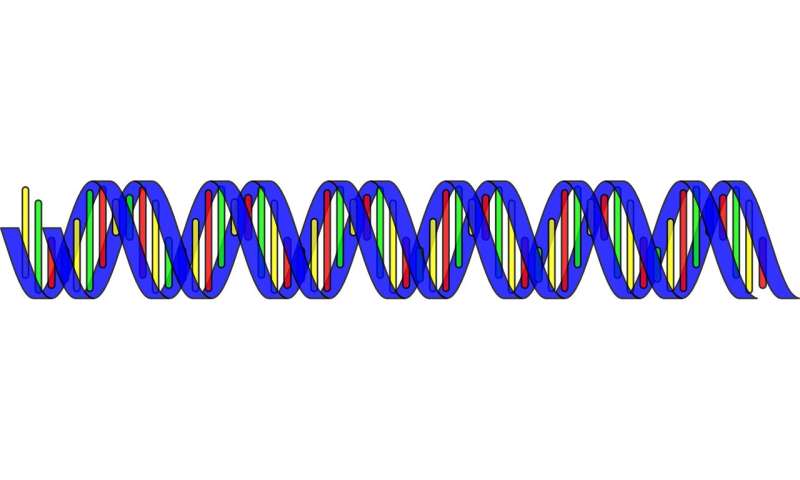
Short fragments of cell-free DNA (cfDNA) that circulate in blood, urine, and other biofluids can offer an information-rich window into human physiology and disease. By looking at the methylation markers of cfDNA, researchers can identify the tissue from which the DNA came. A new study used this method to monitor infectious and immune-related diseases, including COVID-19 infection, and demonstrate the potential clinical applications of this technology. Alexandre Cheng, BSc, a doctoral student in biomedical engineering at Cornell University, presented the results of the study at the American Society of Human Genetics 2020 Virtual Meeting.
cfDNA tests have already impacted clinical patient care. For example, non-invasive prenatal testing uses cfDNA to screen for anatomic or physiological problems with the fetus and multiple clinical trials are underway to evaluate cfDNA for monitoring transplant rejection.
Originating from dead cells, cfDNA is ubiquitous in bodily fluids. During infection or immune-related diseases that cause tissue damage, one would expect to see an increased amount of cfDNA from the attacked tissue.To identify tissues-of-origin of cfDNA, Mr. Cheng and his colleagues analyzed the methylation markers of DNA, which are tissue-specific, through a process called whole-genome bisulfite sequencing. The researchers performed this process on cfDNA from the biofluids of various patients to screen for tissue damage in three different disease settings.
In an exciting and currently relevant application, the researchers sequenced plasma-derived cfDNA from COVID-19 patients. They observed high initial lung- and liver-derived cfDNA, which decreased as patients recovered, but also significant increases of erythroblast cfDNA. Erythroblasts are young red blood cells that lose their nuclei as they mature. This suggests the body responds to COVID-19 infection by increasing red blood cell production, a hypothesis which is also supported by strong correlations with clinical markers for tissue damage.
In another application of this technique with implications on patient care, the researchers profiled plasma samples of hematopoietic cell transplant patients. Half the patients developed graft versus host disease, in which the donor immune system recognizes the host as a foreign entity and attacks host organs and tissues.
“We were surprised to see that we could predict eventual onset of graft versus host disease as soon as one month after transplant,” says Mr. Cheng. “Also, our assay measured tissue damage from many more tissues than just the most commonly affected ones, such as the gut, liver, and skin.”
The researchers also showed that the urine of kidney transplant patients with kidney or urinary tract infections contained increased amounts of kidney or bladder cfDNA, as expected.
Looking forward, Mr. Cheng sees even more possibilities for cfDNA in screening for tissue damage, detecting cancer early, and other clinical situations.
Source: Read Full Article
